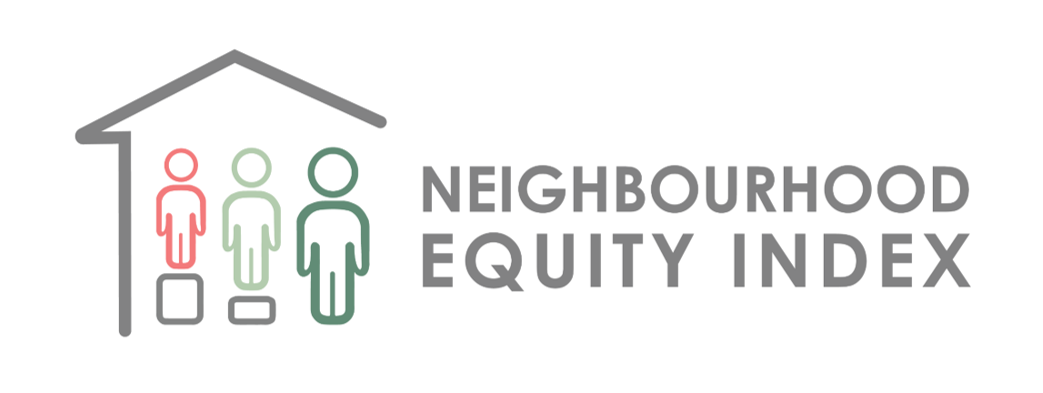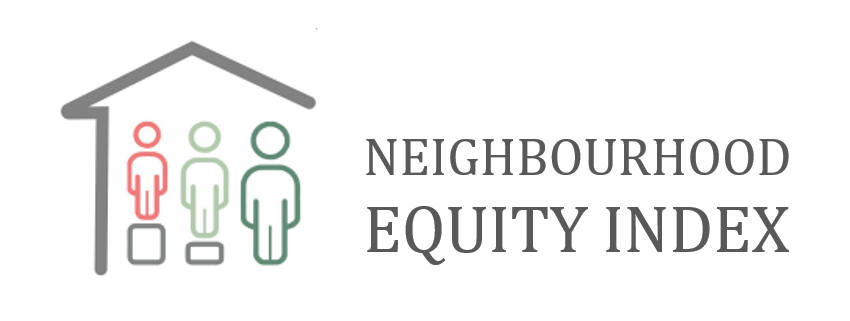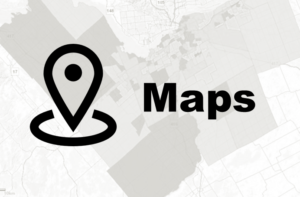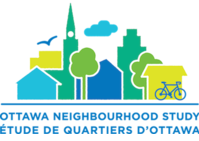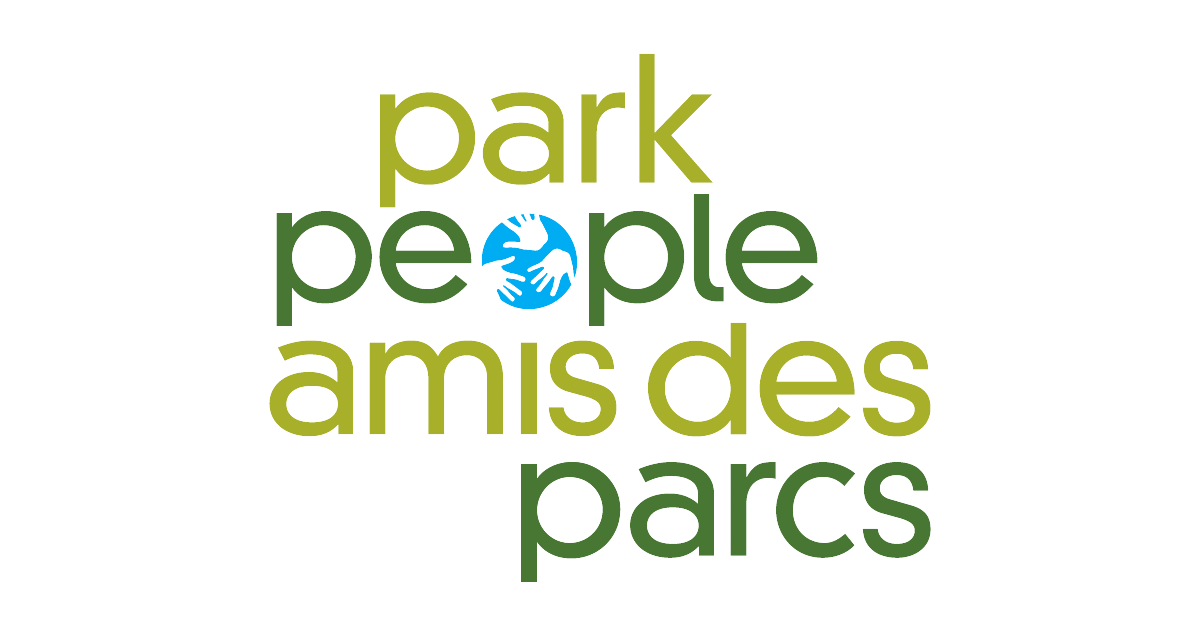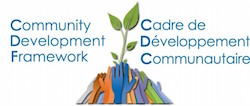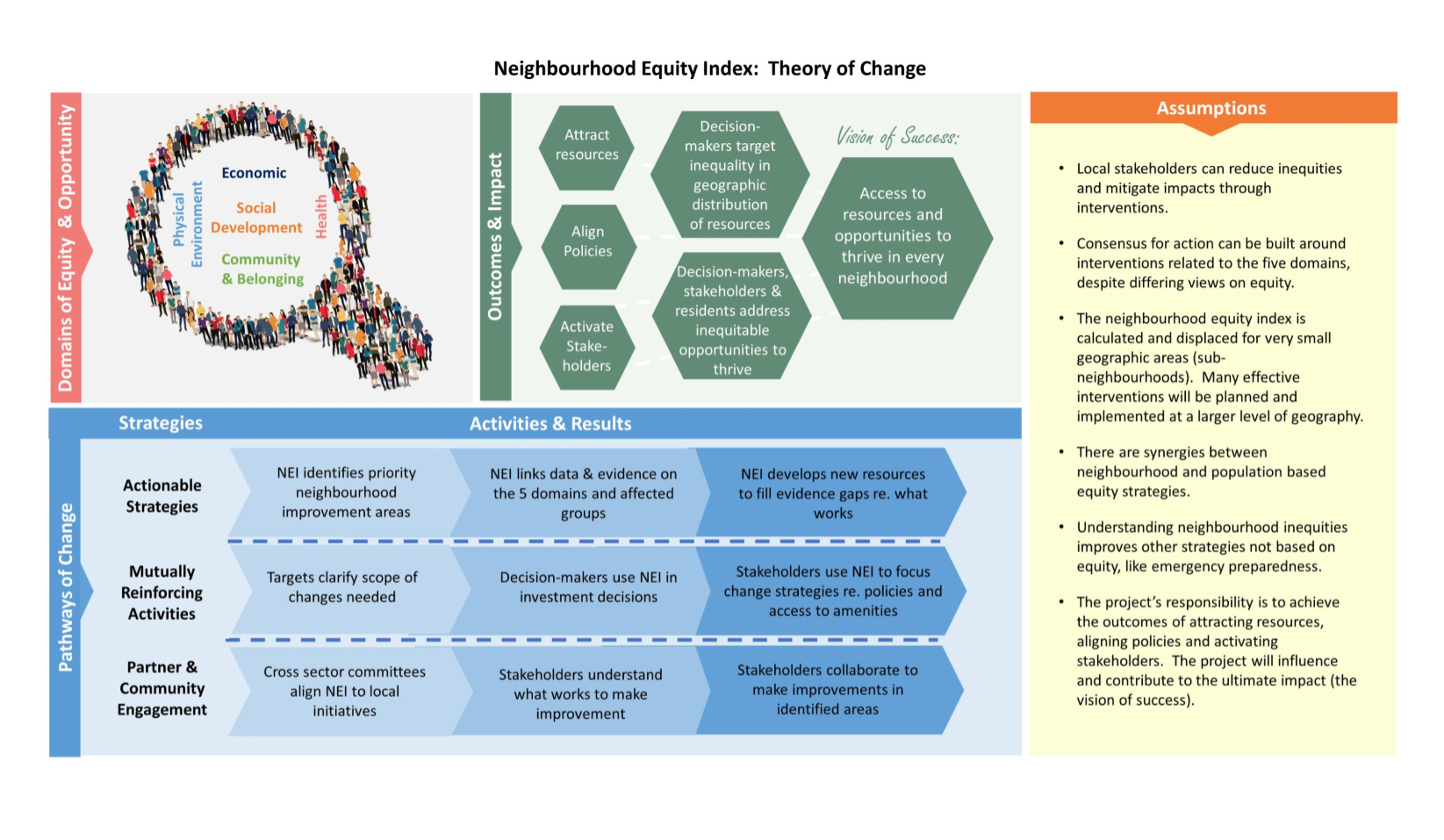The Physical Environment Domain
The Physical Environment Domain reveals differences in the built environment of Ottawa neighbourhoods (census tract level). It ranks Ottawa neighbourhoods on the levels of access to transit, services (walkability score), and amenities including rental stock, community places for meeting and usable green space. Through empirically mapping inequity, this NEI domain aims to support decision makers in making evidence-based decisions that can produce a more equitable, stronger, and healthier Ottawa.
The Physical Environment Domain has six indicators:
Community Places for Meetings
Average number of meeting places within a 10 min driving distance
Walkability score
Walkability score (proximity to services rather than pedestrian amenities)
Transit score
Transit score
Usable Green Space
Green space (usable green space) the average amount of green space per square kilometer weighted using population weights
Commute Time over 45 minutes
Percentage of people spending over 45 minutes on their commute
Availability of Rental Housing
Percentage of dwellings that are not owned
Why this domain matters
The built environment can impact the health of populations by determining among others the walkability of neighbourhoods, access to amenities, green space, and pedestrian infrastructure. For example, research shows that communities with mixed land use (e.g. well-connected streets, good walk scores) are more likely to be more active than communities that are car dependent. Similarly, communities that engage in more active transportation have better health outcomes 1. Walking, cycling, and using public transit can increase physical activity levels, improve mental health, reduce injuries and illness (e.g. diabetes and cardiovascular disease), and encourage a sense of belonging and overall social inclusion. A strong transit network can also reduce inequity by increasing access to services and employment opportunities 2.
The importance of health and place extends to the availability, suitability, and affordability of housing. Individually and collectively, access (or lack there of) to quality affordable housing can influence health outcomes. Limited affordable housing can create place-based inequities by determining the neighbourhoods’ people can afford to live-in, possibly impacting access to a built environment that can facilitate optimal physical and mental health 3.
References
1 Coalition Linking Action and Science for Prevention. (2015). Active Transportation, Health and Community Design. Health Canada, 1–12. Retrieved from https://www.cip-icu.ca/Files/Healthy-Communities/FACTSHEETS-ActiveTransportation-FINALenglish.aspx
2 Canadian Institute for Health Information. (2008). Reducing Gaps in Health: A Focus on Socio-Economic Status in Urban Canada. In Canadian Institute for Health Information – report.
3 Votta, E., Denny, K., Robert, A.-M., Martin, M.-C., Palaniappan, U., Valk, N., … Zelmer, J. (2006). Improving the Health of Canadians: An Introduction to Health in Urban Places. In Canadian Population Health Initiative.
Maps and Data related to the Physical Environment Domain
Featured Resources
DATA: Environment and Sustainability Theme through Ottawa Insights
By the Ottawa Community Foundation
Find data and indicators related to environment & sustainability in Ottawa.
WEBSITE: The Ottawa Neighbourhood Study
The Ottawa Neighbourhood Study (ONS) provides data on strengths and challenges for each neighbourhood in Ottawa
WEBSITE: Park People
Park People helps people activate the power of parks to improve the quality of life in cities across Canada.
REPORT: Ottawa Community Well-being Report
By the Social Planning Council of Ottawa
An independent check-up on Ottawa’s wellbeing. The resulting three-part report measures what truly matters to us all.
REPORT: Housing and Homelessness Reports
by the Alliance to End Homelessness
An annual Progress Report on Ending Homelessness in Ottawa to assess our community’s progress by comparing annual change in a number of areas.
Neighbourhood Equity in Action: Physical Environment Domain
Find out what others are doing to improve health equity in Ottawa. Reach out directly to get involved.
